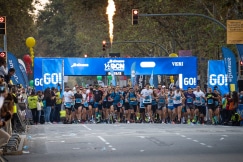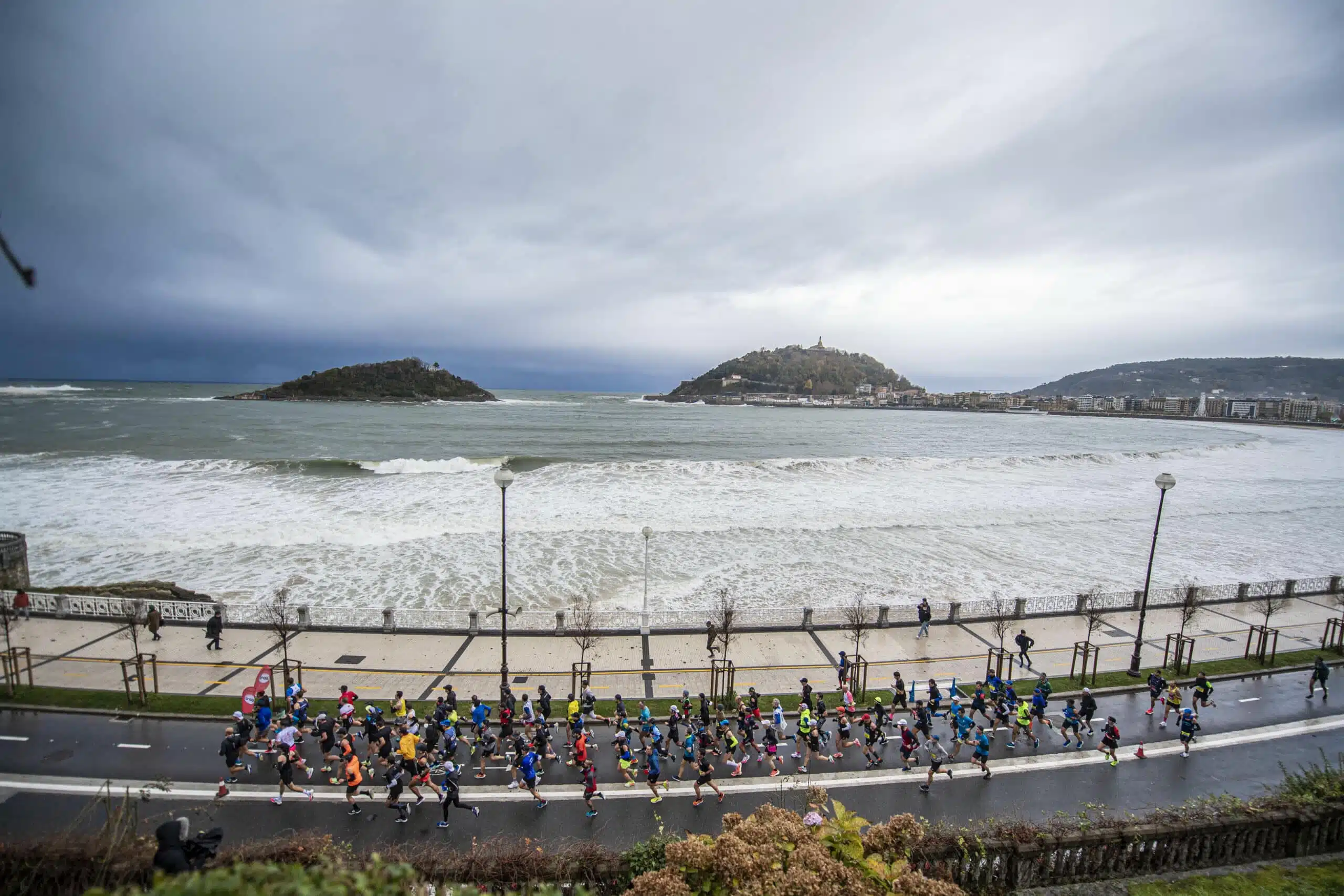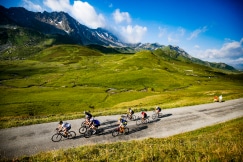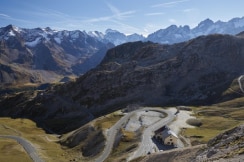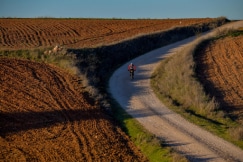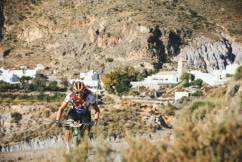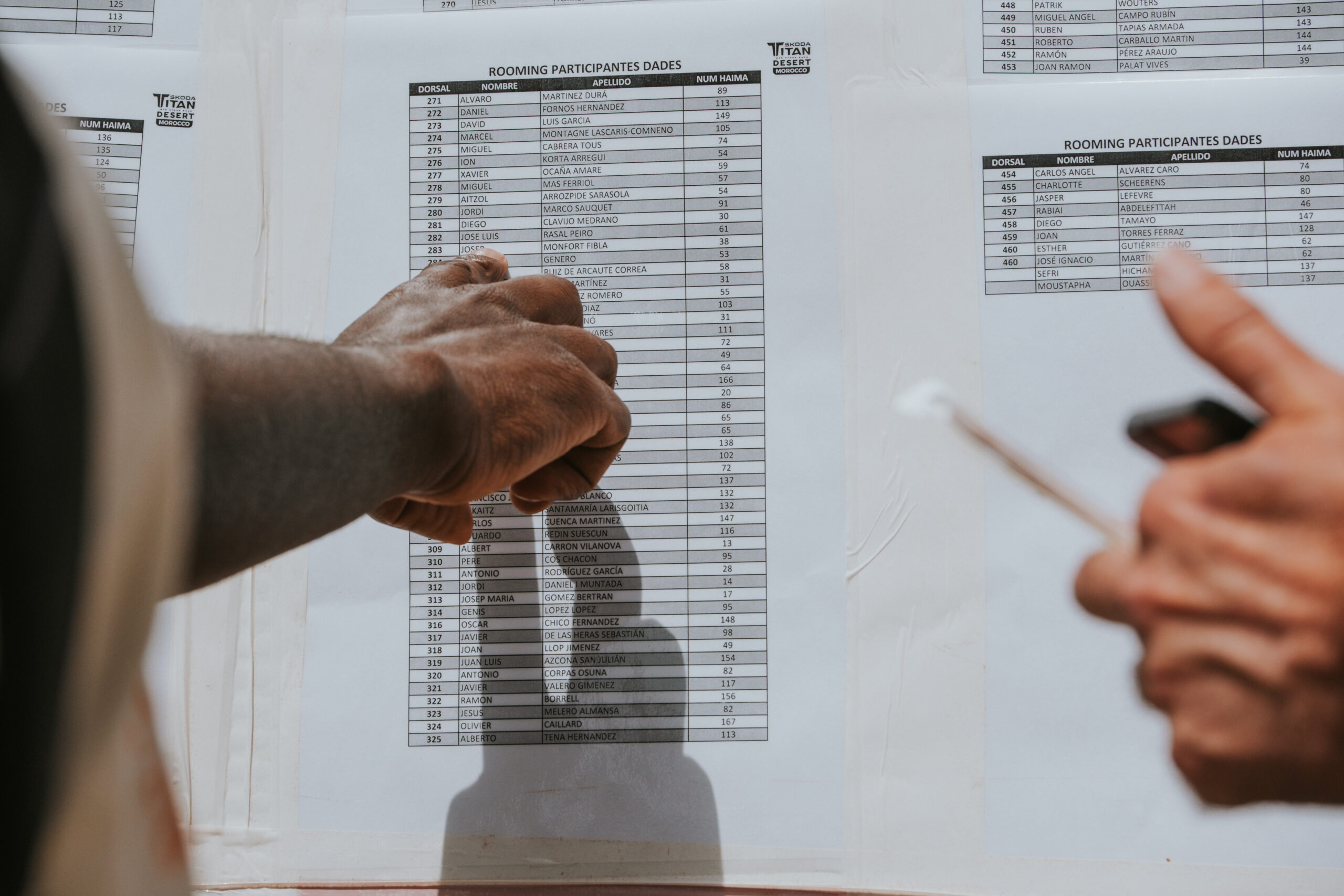
Sports Information
What time do the stages start?
Each stage will start at 8:30 AM.
Is the route signposted?
The course will not be marked with signs. Participants must follow the GPS track to complete each stage. Navigation is not allowed, and GPS use is mandatory, as well as passing through all CPs (Checkpoints) and EHS (Hydration Stations).
How long are the stages?
The four stages of the race cover a total distance of approximately 400 kilometers, divided across the four days.
When will I know about the route?
A teaser of the course will be shared in advance. Exact GPS tracks will be sent to participants 10 days before the race. However, the location of hydration stations will only be provided the day before each stage, and the location of checkpoints will remain secret.
How are the control points placed, and how many are there?
Checkpoints are placed according to the layout of each stage. Although this varies by route, there will be no more than 3 per stage. Their locations will remain secret; only the coordinates of hydration stations will be shared.
How many refreshment points are there?
Each stage will have a total of three Hydration Stations, two of which will offer cold beverages. Hydration Stations will be no more than 40 km apart.
They will offer water and isotonic drinks. Additionally, before the start of each stage, participants will receive 1.5 liters of water to fill their bottles and hydration packs.
What happens if I withdraw from race during a stage or arrive at the finish line out of time?
Anyone who withdraws from a stage may start the next stage, but they will not be listed in the official rankings. In the following stages, they must finish within the established time limits. Otherwise, they will not be allowed to start again and must travel with the organization from camp to camp.
What happens if I withdraw from the race completely?
If a participant withdraws permanently, they may no longer start any stage but are welcome to remain in the camp and enjoy its services. The organization will transport their bicycle to the camp and hand it over to the participant, who is responsible for its safekeeping. If they decide to return home, the participant must arrange their own travel.












